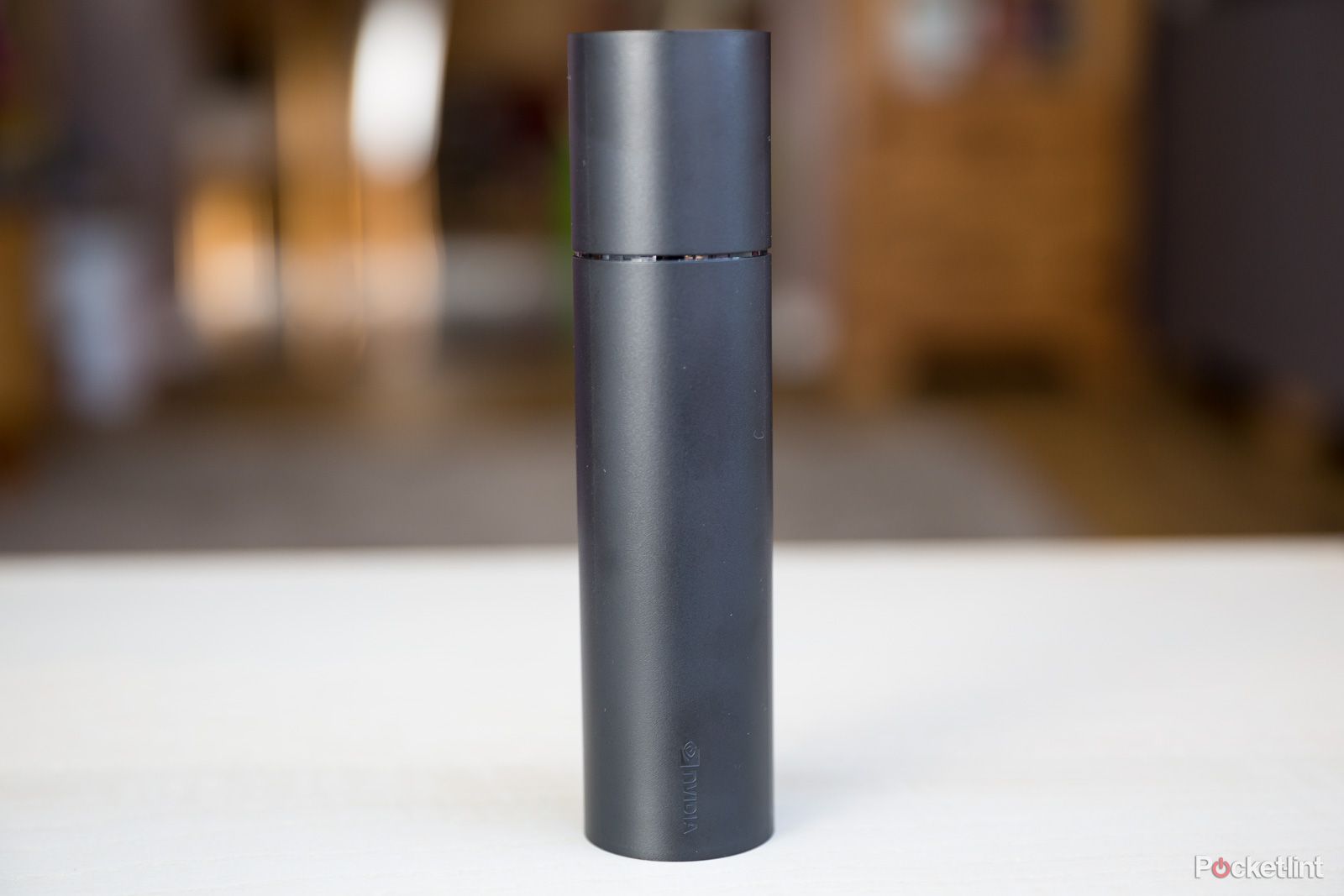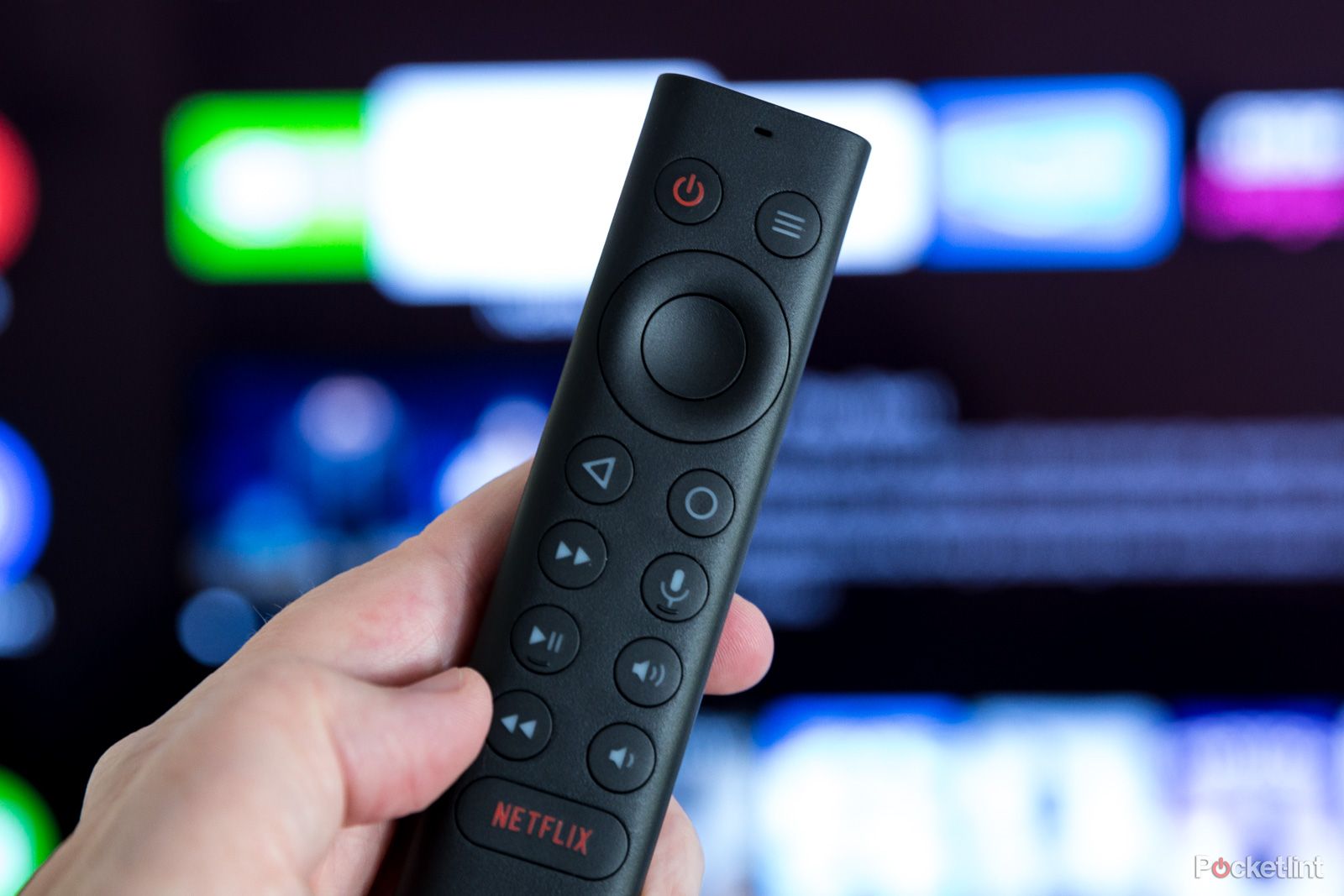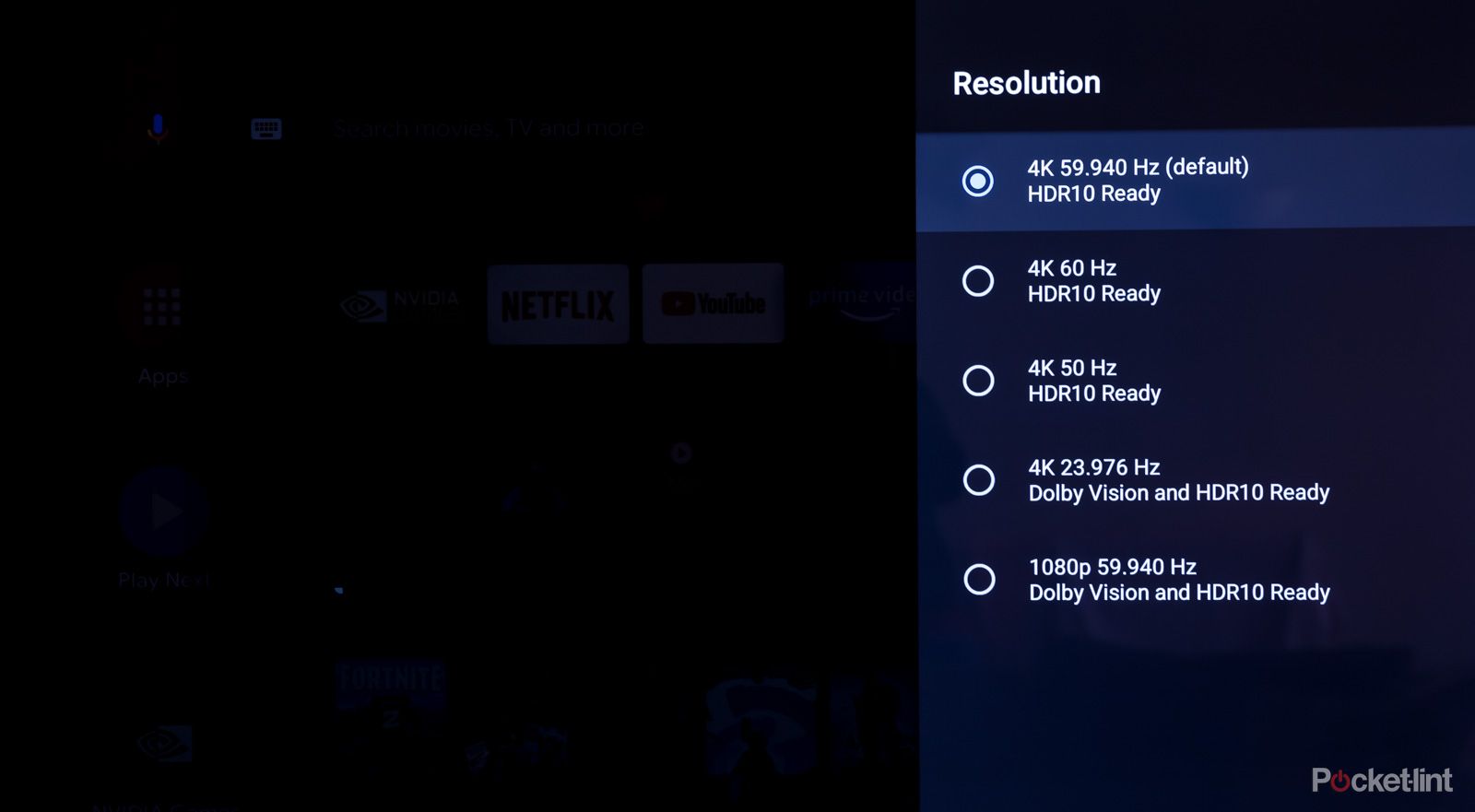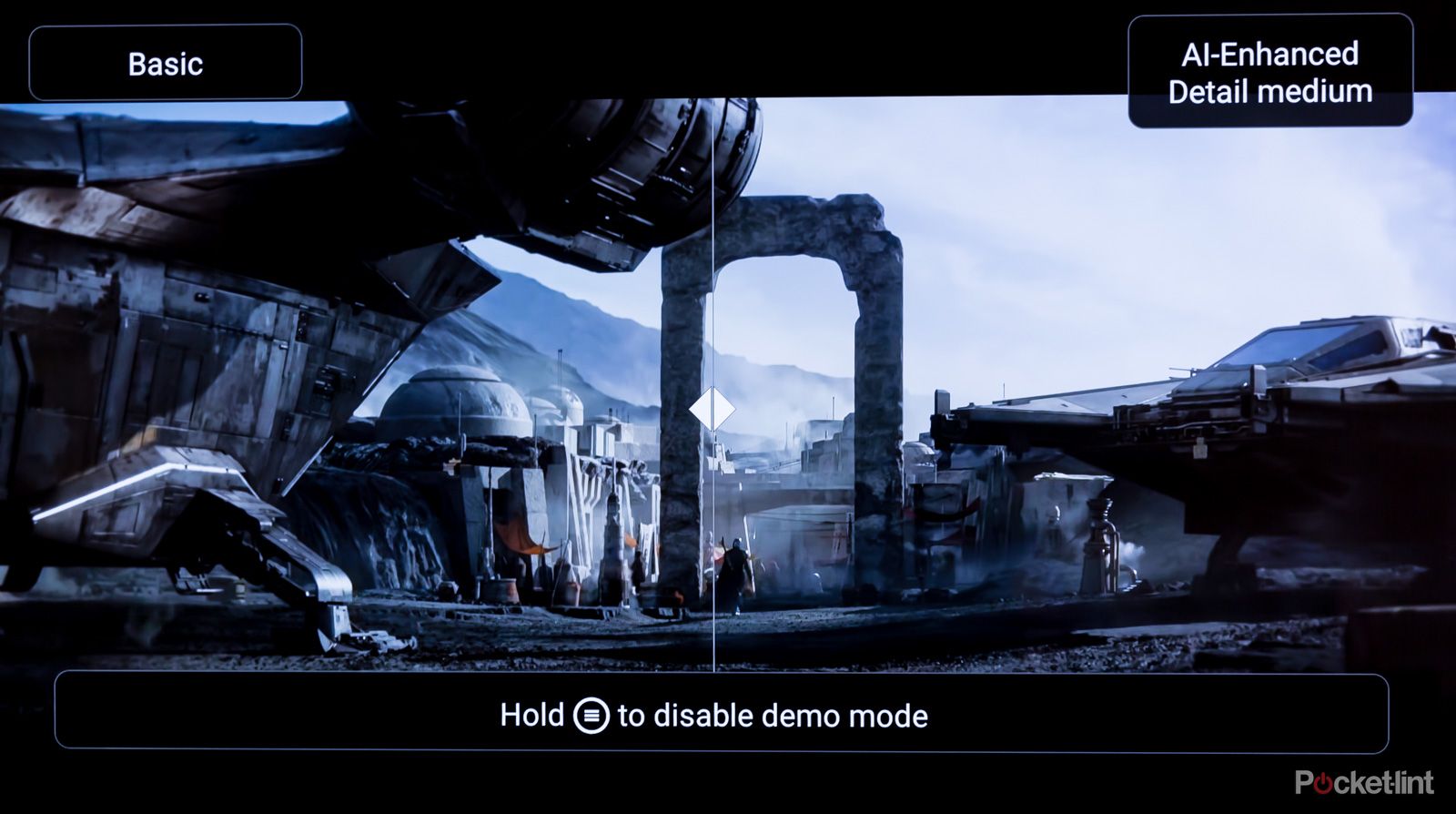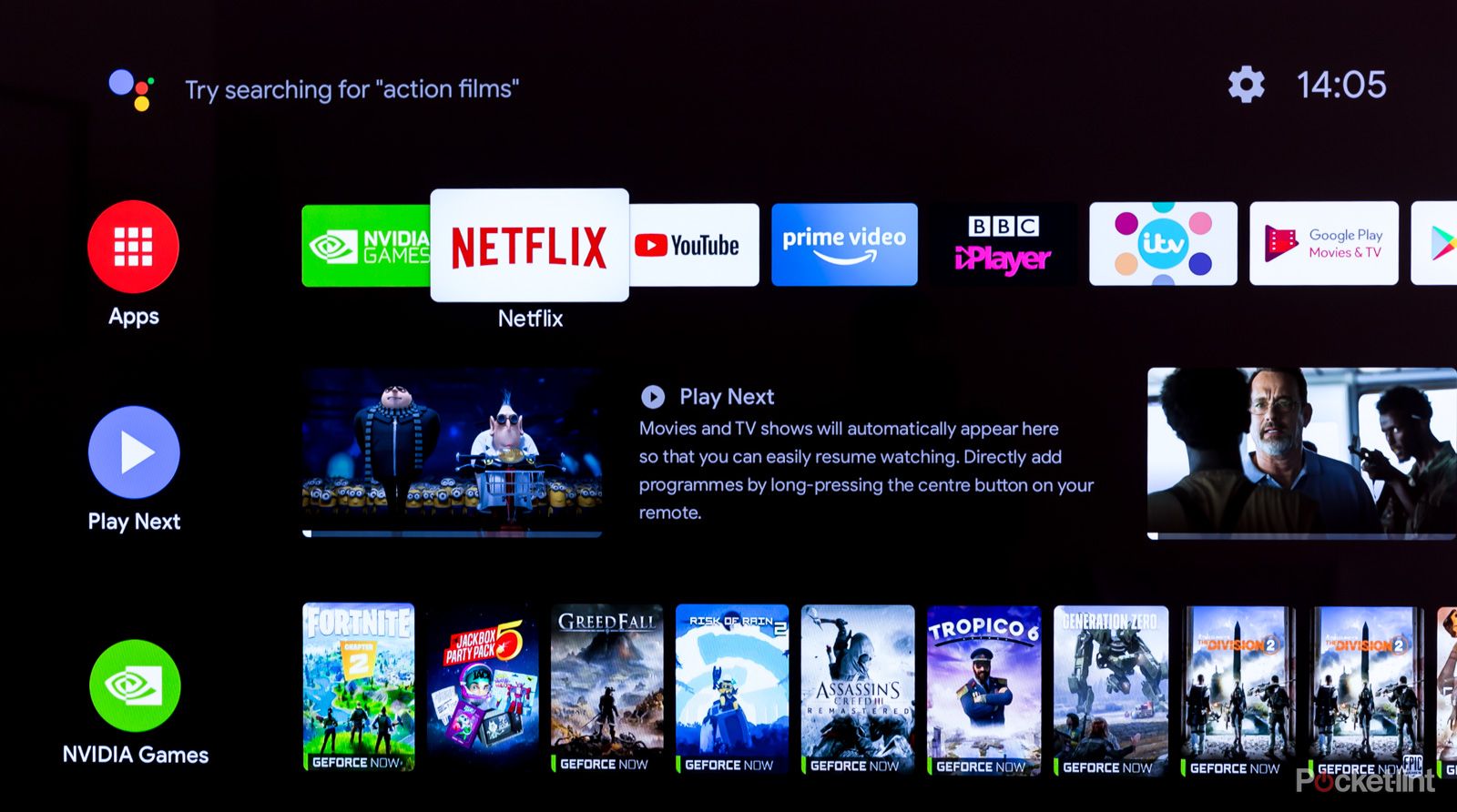There are some that might think the age of separate media streaming devices has passed, but try telling that to Amazon, Roku and, most pertinently, Nvidia.
Each of them are convinced that there is still a large market for dedicated streaming boxes and dongles, and we tend to agree. A brand-new smart TV may sport a load of video streaming apps straight out of the box, but we've found that services tend to disappear off TV platforms in time, as sets no longer have the built-in processing power to effectively run their latest iterations.
And, you are hardly likely to upgrade your swanky 4K HDR TV every two to three years, are you?
That's where media streamers and, in particular, the latest Nvidia Shield TV comes into their own. Not only do they run on hardware more capable of being updated regularly, they are reasonably priced so don't cost you the Earth if you do need to upgrade to the latest tech.
With that in mind then, does the third-generation Nvidia Shield TV offer enough to entice you to upgrade from a former model? And, if you've never tried one before, does it make your TV smarter than it already is?
Our quick take
The new Shield TV is a decent upgrade over the last for several reasons. The adoption of the latest and greatest processor enables it to do more, with AI upscaling being a real bonus when it comes to picture performance of non-4K HDR content. And, Dolby Vision and Dolby Atmos support will put it high-up on the wishlists of those with compatible AV kit.
We applaud the new form factor as we're not teenage boys and prefer to hide streaming devices rather than display them like glowing football trophies. And, the new remote control is a very welcome addition - more ergonomically designed and sensibly laid out.
Our only main quibble, perhaps, is price. It is expensive for a media streamer, especially when compared to rival devices from Amazon and Roku. At £150, it's more in the Apple TV range and is, therefore, far from an impulse buy.
But, it must be said that you really do get more for your money - almost all the apps you need, with video performance that cheaper rivals would find hard to match, and plenty of gaming possibilities to boot.
So, if you are looking to make your TV smarter and more capable, consider this a keen investment. One that is far more affordable than a new 4K HDR television itself.
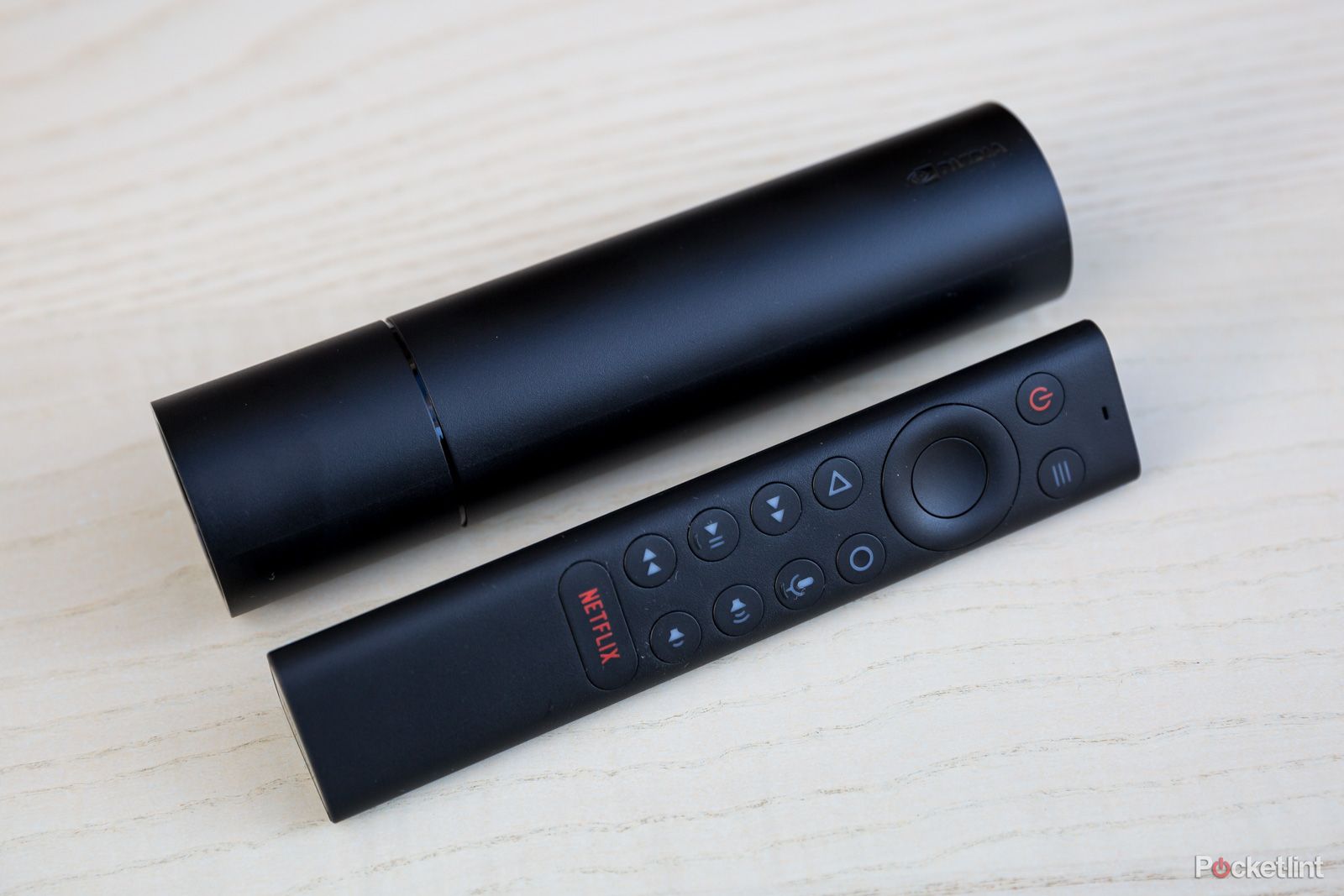
Nvidia Shield TV (2019) - 4.5 / 5
| FOR | AGAINST |
|---|---|
|
|
Nvidia Shield TV (2019)
Design
- HDMI 2.0 output (4K HDR)
- Gigabit Ethernet port
- Bluetooth/IR remote comes with backlight and customisable button
- 802.11ac Wi-Fi
- Bluetooth 5.0
In all likelihood, the answer to both questions is "yes". The last Nvidia Shield TV was released two years ago and, therefore, ran on older processing tech. It was also designed to look more like a games console than discrete media device and you might be better served by the subtler new model.
Where the last device was a flashy, angular set-top-box, conceived to be proudly displayed, the 2019 Shield TV is a relatively small, black cylinder. It has power and Gigabit Ethernet ports at one end, HDMI 2.0 and a tiny microSD card slot at the other.
It can therefore sit hidden around the back of your TV or AV cabinet, placed between at least two cables. The form factors isn't quite as elegant as an Amazon Fire TV Stick or Roku Streaming Stick+, as it is certainly chunkier than either, but the concept is the same. And, it is a darn sight less in-your-face as the last generation model (or the also recently launched Shield TV Pro replacement).
Also redesigned is the included remote control. You don't get a games controller bundled this time around - which we'll explain more on later - but the new remote is a friendlier, more useable accessory than Nvidia has included before. It is powered through two AAA batteries too, which are much easier to source than the cell in the last version - and infinitely more practical than having to recharge the remote of the original, first-gen Shield TV.
The new remote connects to the Shield TV via Bluetooth, so works when the device is out of sight, and comes with a backlight behind the buttons for the first time - great for when watching movies with the lights off. It can be used to control other audio/video kit through IR too.
The clicker also comes with a microphone built in, for Google Assistant support. And, one of the buttons can be customised in the Shield's menu to perform whatever function you find most useful.
Inner workings
- Nvidia Tegra X1+ CPU
- 256 core GPU
- 2GB RAM
- 8GB storage (expansion through microSD card)
There are a couple of significant upgrades to the innards of the Shield TV. Most notably, it now runs on the Nvidia Tegra X1+ processor - a step-up version of the last CPU that has more power to improve overall performance and add one or two new features not possible before.
Graphics processing is performed by a 256 core GPU, while 2GB of RAM is plenty for all media tasks and much of the brand's trademark gaming prowess. You get 8GB of storage built into this model, but can expand that through the aforementioned microSD card slot.
The new spec enables compatibility with Dolby Vision and Dolby Atmos, as long as you are feeding a supporting TV or home cinema receiver. For example, Dolby Vision works at its best when outputting 4K video at 60Hz, but older LG TVs are not capable of running the latest Dolby Vision standard. There is an option to also support Dolby Vision at 30fps - which works on sets such as our LG OLED E6, but that seems to create a few picture problems when it comes to other content (hence it's a manual option rather than default setting).
Still, most recent TVs that support Dolby Vision work with 60Hz, so it's generally a big tick in the Shield TV's pros column.
Also a big pro is the adoption of the latest form of Android TV (currently Android 9 Pie). Unlike previous iterations, the latest Android TV is completely customisable - so you can format your homescreen experience to best suit you. And, it comes with Google Assistant and Alexa support for either smart home control or voice commands.
The latter is through compatibility with other Alexa devices in the vicinity, such as an Echo speaker. You can tell the Alexa-enabled speaker to switch on the Shield TV, play content, etc.
Alternatively, full Google Assistant operability is performed through the remote control - you don't need a separate device to get it to work.
The Shield TV also comes with Bluetooth 5.0 and Wi-Fi 802.11ac connectivity - although, we'd always recommend you use Gigabit Ethernet for a wired internet connection if you really want a smooth, seamless experience with 4K HDR video streaming.
Software
- Android TV 9 Pie from the box
- Google Assistant / Alexa support
- AI upscaling technology to improve non-4K pictures
- Doubles as a Chromecast
- Dolby Vision and Dolby Atmos support
As you should expect, the Nvidia Shield TV comes with around 95 per cent of the most important apps you'd use on a daily basis: Netflix (of which there is a quick button on the remote), Amazon Prime Video, BBC iPlayer, YouTube and many more. Android TV has certainly improved in its media offerings over the years.
There are one or two notable absentees still, such as ITV Hub in the UK, but as the device doubles as a Chromecast you can always stream ITV's and other non-included content to the device via your smartphone.
One funky new feature this device offers, thanks to its improved processor, is AI upscaling.
The proprietary technology uses the power of the Tegra X1+ and Nvidia deep learning to improve non-4K video - not just upconverting pictures to Ultra HD but actually reading and understanding the content and improving the image. It tweaks detail, contrast and colours to provide a sharper, cleaner image across multiple supporting apps, including Netflix, Amazon Prime Video and YouTube. And, unlike some we've seen over the years, actually works without impacting motion or adding unnecessary artefacts.
The mode is optional and subtle, but we've found it to be consistently good. It works on content from 480i to 1080p, upscaling each to 4K and, at times, looking as good as studio scaled video.
There's even an option in the menu system that allows you to see a demo on screen, with a wipe between basic and upscaled video as it runs. You really don't need to leave that on all the time, but the effects are visible and definitely show the tech improves some streamed content.
It's not just a gimmick, neither. We suspect that, like us, you just leave the AI Upscaling on at all times.
Games
- Nvidia GeForce Now cloud gaming
- Android games through Play Store
- Works with Shield, PS4 DualShock 4 or Xbox One controllers (not included)
The other big aspect of the Shield TV that needs mentioning is its gamesplaying prowess. As with former iterations, this Shield TV is capable of playing many games, including Android titles and through Nvidia's own cloud gaming platform, GeForce Now.
As we've mentioned above, you do not get a controller bundled this time around, but the latest version of Android TV is now compatible with Xbox One and PS4 DualShock 4 controllers too. So, if you have either lying around, you can pair them with the Shield and game in luxury.
These (or the optional, last-gen Shield controller) work with the Android games that range from free-to-play to premium-priced on the Google Play Store. They also work with GeForce Now, the much-changed cloud gaming service that now links with your Steam, Uplay or other digital store accounts and gives you the option to stream games you already own.
That way you get triple-A PC titles on your Shield with little aggro.
Another way, if you own a PC with an Nvidia GTX or RTX graphics card, is to stream games locally over your home network to the Shield TV. Some games aren't supported in either case, but it's a nice option to have, if a little niche.
We also asked Nvidia if the Shield TV will eventually support Stadia, Google's own cloud gaming service, but that will depend on Google itself declaring Android TV compatibility - it hasn't yet.
Even though the Shield TV doubles as a Chromecast, only the Chromecast Ultra itself is currently Stadia-friendly.
Nvidia Shield TV (2019)
To recap
Nvidia has updated its Shield TV streamer with a more subtle-looking, more powerful model that ticks all the right boxes when it comes to making your TV smarter. Android TV has matured well over the years, while the new remote and AI upscaling feature both add good reasons to consider an upgrade.

